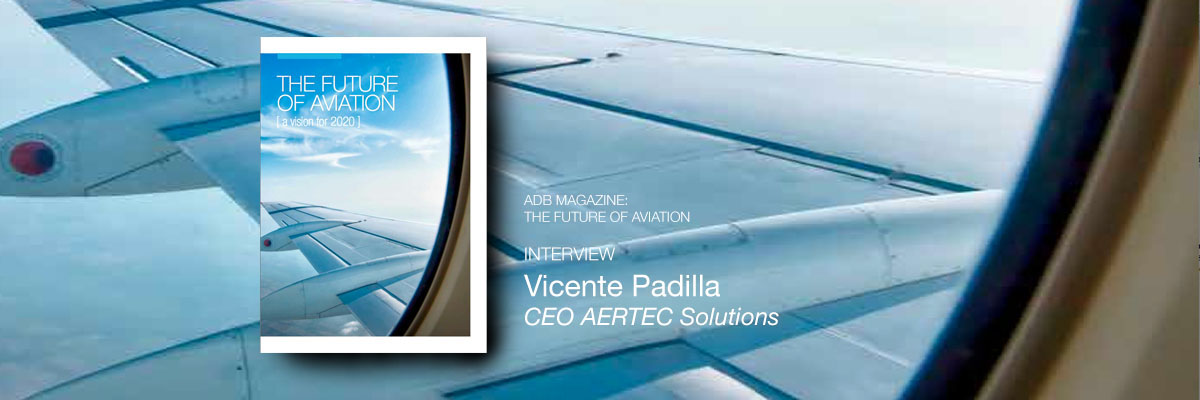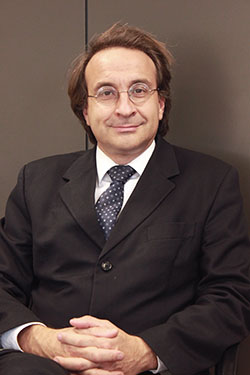
Source: The Future of Aviation Magazine
Mr. Padilla, how do you think the customer experience of travelers will differ in 2020 from today?
I believe that we will see a strong trend towards more and more self-service technologies at airports. The low-cost model is not an exception but will become the rule. In short haul, airports and airlines will externalize some of the work to passengers. People are willing to do a lot of things themselves if it saves them money. From your own check-in, to the check- in of luggage, buying all items on line, buying your own food on aircraft and so on.
Air travel will become like a bus experience, travel will become a commodity in every sense of the word, with short haul flights (long haul will remain the same) going to the low- cost model. The airport will be like one big bus station where functionality and fast procedures are important with a focus on the shopping and eating experience without frills.
Segmentation is key. In the London area you have airports focusing on short and long haul, Charleroi and Brussels in Belgium have different business models with the first focusing on point to point flights with a less elaborate process to go through the airport.
What about the role of pilots – how will that change?
Even more than today we will see more technology on all levels, for better safety but a trend towards the end of the pilot’s job as we know it around the 2050 timeframe.
How will the expansion of airports take into account the needs of the environment?
We will see a huge number of airports with congestion problems and this will lead to a diversion of traffic to alternative airports. We will still see new airports popping up even in Europe like the one in Nantes; economic pressures will ensure new airports are built to the detriment of the environment.
We also still see a lot of talk about CO2 and the environmental concern, but the issue remains that travelers themselves are reluctant to pay more to go green. Our mentality needs to change. The environment and the pressure to do more and who pays for cleaning up the mess will remain an issue; we will keep talking about the problem without having clear cut answers.
How will airfields evolve and what new technologies will be adopted?
Thanks to newer technologies we don’t see the need for longer runways; many airports that had to extend their runways will no longer have to do so even though they have bigger aircraft coming in. We also see a clear shift with technology affecting the airfield ground lighting world, delivering more energy efficiency and more intelligence in the systems to automatically switch on lighting when aircraft are present and off when no aircraft are around. We see a stronger focus on FOD (Foreign Object Debris) clearance to make runways and taxiways safer.
How do you see the role of air traffic control evolving?
For traffic control, more technology, more sophistication and more information in real time will lead to safer airspace. In the long run beyond 2050 we will not need controllers, at least not in the way we do today, as we will have more technology and more automation.
We see a strong analogy with elevators. At the start there were still people there to man them, but now it always works standalone. This is already happening with trains which are increasingly running between terminals without any driver. In the future, people will need to be psychologically ready to fly without pilots and airports to be without air traffic controllers.
[tboot_column_wrap]
[tboot_column size=”3″]

[/tboot_column]
[tboot_column size=”9″]
Vicente Padilla
CEO Aertec Solutions
Vicente is an Aeronautical Engineer and a member of the Spanish Aeronautical Engineering Association. He started his career at Boeing (Seattle). In 1997 he became a founding member of Aertec Solutions, a consultancy firm specialized in Airport Consultancy, Planning, Design and Operations. He has more than 20 years of experience in identifying and meeting customer needs and requirements for airport projects. He has worked in many airport schemes in Europe, Africa, Asia and Latin America.
[/tboot_column][/tboot_column_wrap]

